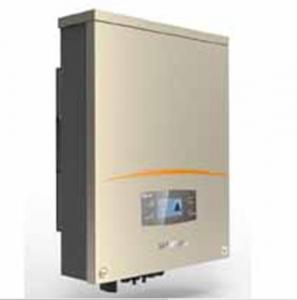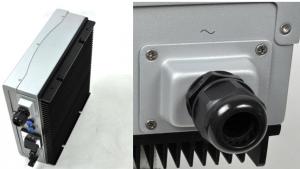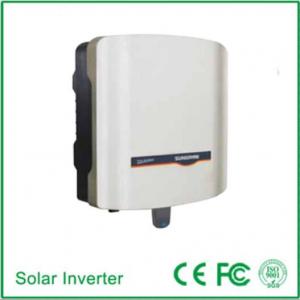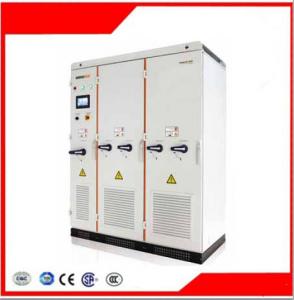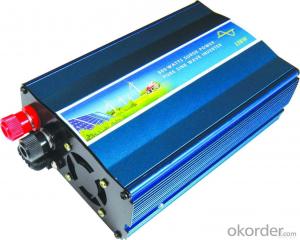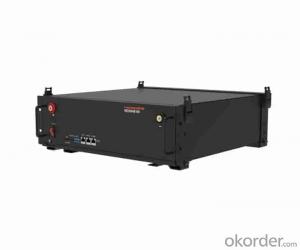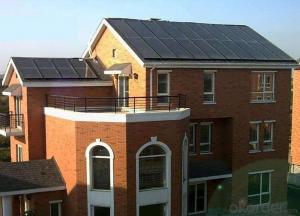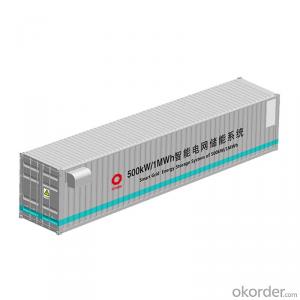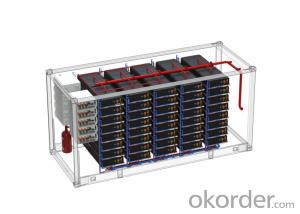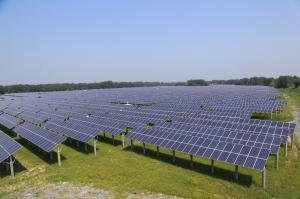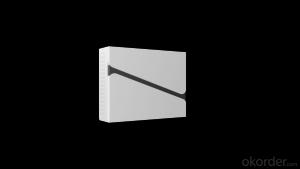Solar Power Grid Inverter
Solar Power Grid Inverter Related Searches
Solar Grid Inverter Solar Power Plant Inverter On Grid Solar Power Inverter Solar Energy Power Inverter Power Solar Inverter Grid Connected Solar Inverter Solar Power Inverter Generator Solar Power Battery Inverter Solar Plant Inverter On Grid Solar System Inverter Solar Energy Inverter Solar Solar Inverter Solar Generator Inverter Solar Power Bank Inverter Solar Panel Inverter Solar Photovoltaic Inverter Off Grid Solar Power Inverter Solar Powered Power Inverter On Grid Solar Inverter Solar System Inverter Solar Power Inverter System Solar Electric Inverter Power Inverter Solar Solar Off Grid Inverter Solar Converter Inverter Solar Powered Inverter Smart Solar Power Inverter Grid Assisted Solar Inverter Grid-Tied Solar Inverter Solar Grid Inverter PriceSolar Power Grid Inverter Supplier & Manufacturer from China
Solar Power Grid Inverter is a crucial component in the field of renewable energy, specifically designed to convert the direct current (DC) generated by solar panels into alternating current (AC) that can be fed into the power grid. This conversion process is essential for the efficient integration of solar energy into the existing electrical infrastructure, allowing for the seamless distribution and utilization of clean energy.The application and usage scenarios of Solar Power Grid Inverters are vast, ranging from residential rooftop installations to large-scale commercial and industrial solar power plants. These inverters play a vital role in ensuring that the electricity generated by solar panels is compatible with the grid, enabling homeowners and businesses to reduce their reliance on fossil fuels and contribute to a more sustainable future. By using Solar Power Grid Inverters, users can not only reduce their energy bills but also participate in the fight against climate change by harnessing the power of the sun.
Okorder.com is a reputable wholesale supplier of Solar Power Grid Inverters, boasting a large inventory that caters to the diverse needs of customers worldwide. With a commitment to quality and customer satisfaction, Okorder.com offers a wide range of Solar Power Grid Inverters from top manufacturers, ensuring that buyers have access to reliable and efficient products. By partnering with Okorder.com, customers can benefit from competitive prices, secure transactions, and excellent after-sales support, making the process of integrating solar power into their energy mix more accessible and hassle-free.






















